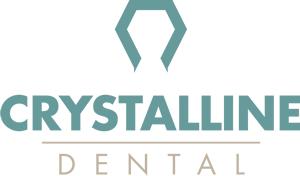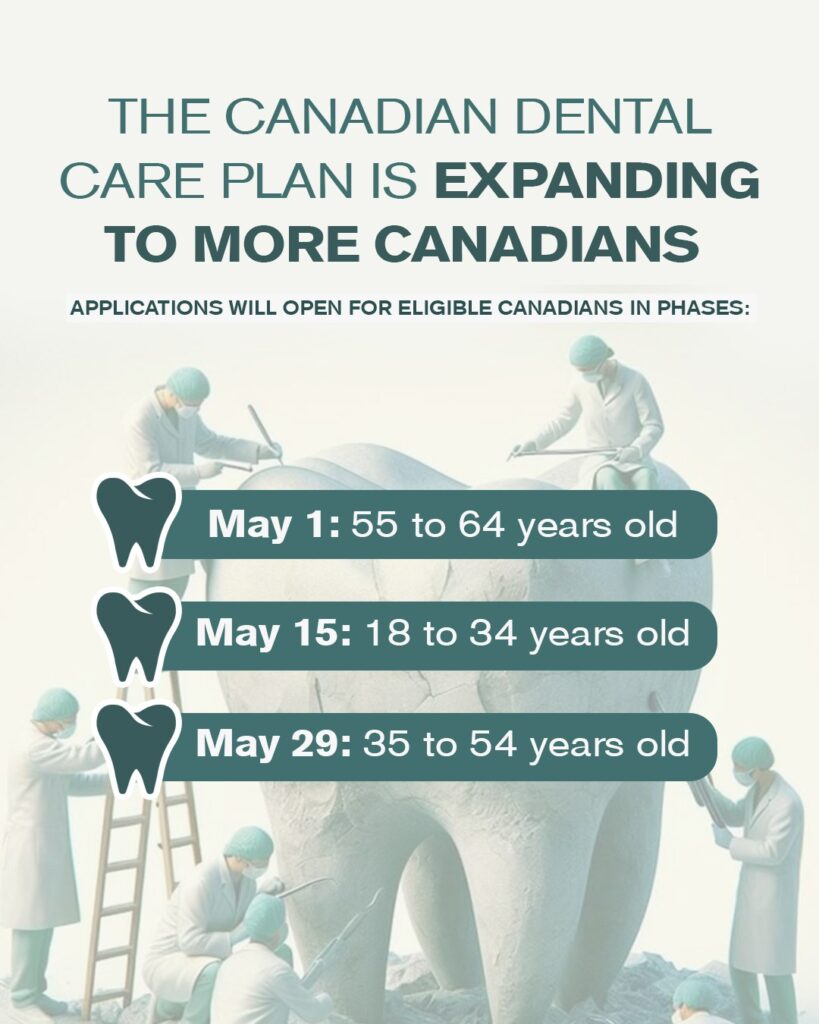Understanding Buck Teeth and Why They Need Treatment
Buck teeth, also called overjet, happen when your upper front teeth stick out too far over your lower teeth. This can be caused by thumb sucking, tongue thrusting, genetics, or even bad habits like nail biting. While it may seem like just a cosmetic issue, buck teeth can actually cause real problems—like difficulty chewing, jaw pain, or even getting injured more easily if you fall or play sports.
Fixing buck teeth isn’t just about having a nicer smile—it’s also about having a healthier mouth. Misaligned teeth can wear down unevenly and make it harder to clean your teeth properly, which could lead to cavities or gum disease. So treating buck teeth early can prevent bigger issues later and boost your confidence, too!
 Braces for Buck Teeth: Traditional but Effective
Braces for Buck Teeth: Traditional but Effective
Braces have been around for decades—and for good reason! They use metal brackets and wires to slowly move your teeth into the right position. For buck teeth, braces are especially powerful because they can apply strong and precise pressure to shift teeth, even if the case is severe. They’re great for fixing not just the position of your teeth, but also the bite (how your upper and lower teeth fit together).
The downside? Braces are visible, and some people find them uncomfortable or hard to clean. But they’re usually the fastest and most reliable option for complex dental problems like severe buck teeth. They also work 24/7—no forgetting to put them on!
Invisalign for Buck Teeth: The Clear Alternative
Invisalign uses clear plastic aligners that are custom-made to fit your teeth. You wear them like a thin mouthguard, and they gradually move your teeth into better alignment. The best part? They’re almost invisible, so you can smile and talk without anyone noticing you’re wearing them. Plus, they’re removable—you take them out when you eat or brush your teeth, which makes life a little easier.
For mild to moderate buck teeth, Invisalign works really well. It’s comfortable and discreet, but it does take discipline—you need to wear the aligners for 20–22 hours a day. And for very severe cases, Invisalign might not be strong enough, so braces could still be the better choice. But if you’re a good fit for it, Invisalign can be a stylish and subtle way to straighten your smile!
Braces vs Invisalign: Side-by-Side Comparison
Effectiveness
Both braces and Invisalign can fix buck teeth, but they work a little differently. Braces are super effective for all kinds of dental problems—mild, moderate, or even very severe. The metal brackets and wires give orthodontists more control to make precise adjustments over time. That’s why braces are often the go-to for more complicated cases.
Invisalign is also highly effective but tends to be best for mild to moderate buck teeth. It uses a series of custom-made clear aligners to gently guide teeth into place. For people who wear them exactly as instructed, the results can be just as impressive as braces—but if you take them out too much or forget to switch aligners, treatment might not go as planned.
Comfort & Aesthetics
Braces are noticeable and can feel a bit uncomfortable, especially after they’re adjusted. The metal brackets and wires can poke or irritate the inside of your mouth, and food often gets stuck in them. However, some people decorate them with fun colors and totally rock the “metal mouth” look!
Invisalign wins in the looks department. The clear aligners are nearly invisible, so you can smile with confidence without anyone knowing you’re in treatment. They’re also smooth and comfortable—no wires or sharp edges. If looking good and feeling comfy are top priorities, Invisalign definitely has the upper hand.
Treatment Duration
Braces usually stay on for 18 to 24 months, sometimes longer depending on how complex the case is. They work continuously, even while you sleep, which helps move teeth as quickly and efficiently as possible.
Invisalign treatment time varies a lot—it can be as short as 6 months or take up to 18 months. But because it depends heavily on the wearer, if you don’t wear your aligners at least 20–22 hours a day, it could take longer. Braces are more “set it and forget it,” while Invisalign requires more self-discipline to stay on track.
Lifestyle Impact
Braces can affect what you eat and how you play sports or musical instruments. You’ll need to avoid hard, sticky, or crunchy foods (sorry, popcorn and gum!). And if you’re active, you may need a mouthguard to protect your braces during sports.
Invisalign gives you more freedom. You can take the aligners out to eat, drink, or play an instrument, and there are no food restrictions. But you have to remember to put them back in right after—if you don’t, your treatment could fall behind. So, Invisalign blends better into a busy lifestyle, but it demands a bit more responsibility.
Cost Considerations
Braces and Invisalign usually cost about the same, but prices can vary based on where you live and how complex your treatment is. Sometimes braces are slightly cheaper, especially if your insurance covers part of the cost. Invisalign might also come with extra expenses like replacing lost aligners. Overall, cost isn’t the biggest difference—it really comes down to what fits your needs, habits, and preferences.
Maintenance & Hygiene
Cleaning around braces takes extra effort. You’ll need to use special brushes and floss tools to get around the wires and brackets. It’s easy to miss spots, which can lead to cavities or stains if you’re not careful.
Invisalign makes hygiene much easier. You just pop the aligners out, brush and floss like normal, and clean the trays before putting them back in. But you still need to keep everything spotless—dirty aligners can cause bad breath or even infections. So while Invisalign is simpler for daily care, it still takes commitment!
Which Option Is Better for Buck Teeth?
There’s no one-size-fits-all answer—what works best really depends on your teeth, your age, and your lifestyle. Braces and Invisalign both do a great job of straightening teeth, but they shine in different situations. Braces are like the heavy-duty tools of dentistry: they’re super strong and can fix even the most stubborn teeth. Invisalign is the sleeker, more flexible option that’s great for people who want a discreet and convenient treatment.
When choosing between the two, a dentist or orthodontist will look at how severe your buck teeth are, your daily habits, and even how likely you are to wear your aligners consistently. So, it’s not about which is “better” overall—it’s about which one is better for you.
Minor vs Severe Buck Teeth Cases
If your buck teeth are mild—just a small overlap or slight misalignment—Invisalign might be all you need. It’s gentle, effective, and perfect for making small adjustments. Many people love it because it’s nearly invisible and easy to use.
But if your buck teeth are more severe, braces are usually the better bet. They can tackle bigger problems like major gaps, bite issues, or teeth that need serious repositioning. Braces give orthodontists more control, which makes them ideal for more complex cases.
Age Matters: Teens vs Adults
For teenagers, both options are usually on the table. Braces are popular because teens are still growing, which makes it easier to move teeth and fix bite problems. Plus, parents often like braces because there’s no risk of kids “forgetting” to wear them like with Invisalign.
For adults, Invisalign tends to be a favorite. It’s discreet and fits better into professional or social lives. Many adults also like the idea of fewer food restrictions and easier cleaning. But again, if the buck teeth are very pronounced, braces might still be necessary—regardless of age.
Personal Preferences & Lifestyle Fit
Some people want their treatment to be invisible and flexible. If you have a busy schedule, go out a lot, or just don’t want people to notice your treatment, Invisalign is a great match. You can take the aligners out to eat what you want and brush without hassle—just don’t forget to put them back in!
On the other hand, braces are a “set it and forget it” solution. You can’t lose them, and they’re always working. If you’re the type who might forget to wear aligners or who doesn’t mind the look of braces, they might actually be a better long-term fit. Ultimately, your choice should reflect your habits, goals, and comfort.
Consultation Tips: How to Choose Between Braces and Invisalign
Choosing between braces and Invisalign starts with understanding your unique smile. If your buck teeth are severe, or if your bite needs a lot of work, braces might be the more powerful option. On the other hand, if your case is mild to moderate and you’re looking for something more discreet, Invisalign could be your go-to. A dentist or orthodontist will look at your teeth, jaw, and overall oral health before recommending the best option.
But the choice isn’t just about your teeth—it’s about your lifestyle, too! Are you okay with visible metal and a bit more maintenance? Then braces might be fine. Prefer something nearly invisible and removable? Invisalign may be a better fit. Just remember: no matter which one you choose, the key to success is sticking with the plan your dental professional gives you.
Buck Teeth Correction in Vaughan: Why Choose Crystalline Dental
If you’re in Vaughan and looking to fix your buck teeth, Crystalline Dental is a smart place to start. They specialize in both braces and Invisalign, offering expert care with the latest technology. Their team is experienced in treating all kinds of bite issues—including buck teeth—and they make the process feel smooth, clear, and comfortable from start to finish.
What really sets Crystalline Dental apart is their personalized approach. They take the time to understand your needs and goals, explain your options in plain language, and create a custom plan that fits your smile and your budget. With flexible scheduling and a welcoming team, you’ll feel supported every step of the way on your journey to straighter teeth.
Ready to Fix Your Buck Teeth? Schedule Your Consultation Today
There’s no better time than now to start your smile transformation. Whether you’ve been self-conscious about your buck teeth for years or you’re just now exploring your options, a simple consultation is the first step. You’ll get a clear picture of what’s going on with your teeth—and expert advice on whether braces or Invisalign are the best fit for you.
Booking a consultation is quick, easy, and pressure-free. It’s your chance to ask questions, learn about the process, and get excited about the results. A confident smile is just around the corner—so why wait? Schedule your consultation today and take the first step toward a healthier, happier smile!

 Braces for Buck Teeth: Traditional but Effective
Braces for Buck Teeth: Traditional but Effective